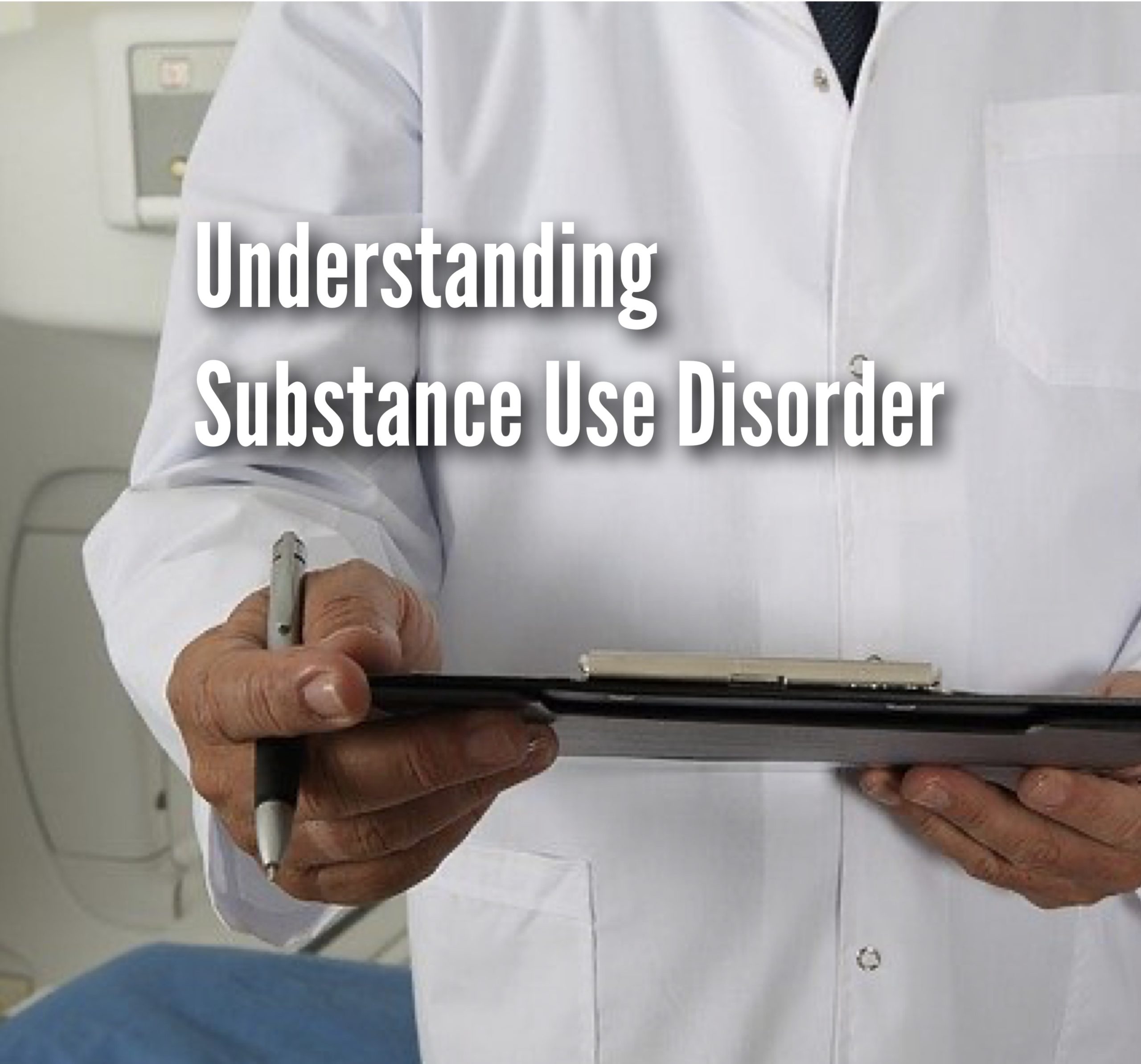
Understanding Substance Use Disorder
Substance Use Disorder is a disease that affects a person’s behavior and brain and leads to the inability to control the use of a legal or illegal drug, medication or alcohol.
Statistics
According to a 2018 survey reported by SAMHSA, over 60% of those 12 or older used a substance within the past month. Additionally of those surveyed nearly 140 million Americans used alcohol the past month and 1 in 5 used an illicit drug in the past year. This is higher than in previous years. Aside from Marijuana, prescription pain reliever was the most common substance misused. In 2018, 3.6% of the US population reported misusing pain relievers. More than half of the people were misusing pain relievers from a friend or relative. Similarly, this survey had a separate category for opioid misuse. They defined it as the use of heroin or the misuse of prescription pain relievers. An estimated 10.3 million people aged 12 and older misused opioids or heroin.
Aspects of Substance Use Disorder
The most recent DSM-5, for diagnosing mental disorders, classifies substance use disorder into four groups based on control impairment, social impairment, risk and symptoms of tolerance and withdrawal. Improper use is to use the substance to alter your state of mind. Dependency on the other hand, develops when the individual becomes focused on the drug and has decreased impulse control. This eventually starts interfering with everyday life with relationships or work.
Mechanism of substance use disorder
Substance Use Disorders are a mental, neurological based disorder. This is because there are adverse effects and changes with brain development and function. Most drugs function in the reward centers of the brain. This triggers neurotransmitters like dopamine or serotonin. Prolonged usage can cause the development of tolerance when the receptors in the brain becoming adjusted to the same dose(s). Individuals who misuse substances earlier than their mid-20s have a higher chance of developing a substance use disorder later in life. This is because the brain is still developing into an individual’s 20s.
Co-occurrence with other mental health disorders
Substance use disorders often co-occur with mental health disorders. Those who misuse substances have a higher chance of developing a mental disorder and vice versa. For example, 45% of those who sought treatment for substance use disorder in the past year were diagnosed with a co-existing mental health disorder. It is important to be screened for any co-occurring disorders to ensure you have a complete plan for recovery.
How to get help
There are many different ways to combat substance use disorders and each patient is different. If you or someone you know is looking for treatment, please contact the professional team at Lifeline Connections. You can visit Lifelineconnections.org, our Services & Locations information or call (360) 397-8246 for more information.
Sources:
SAMHSA 2018 National Survey Results
